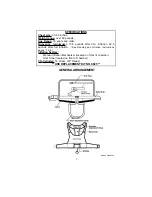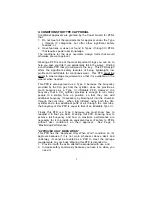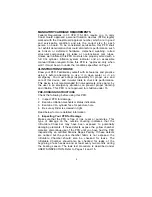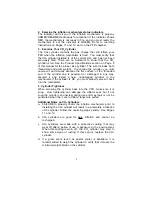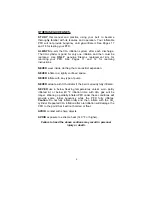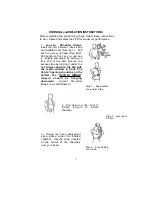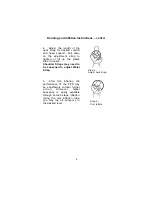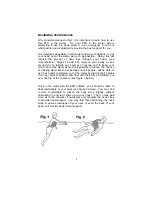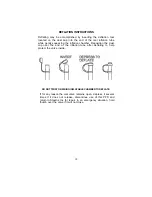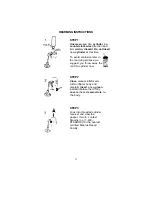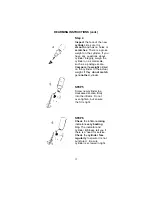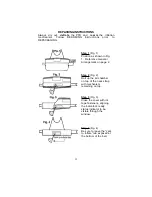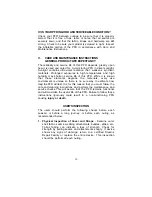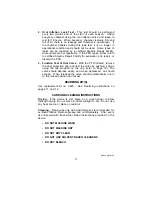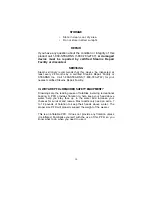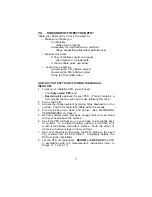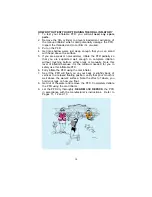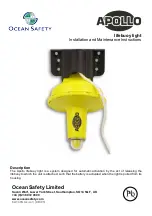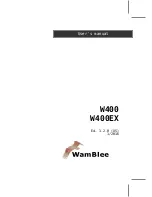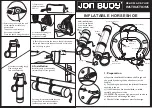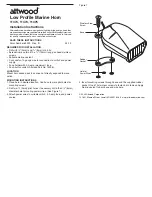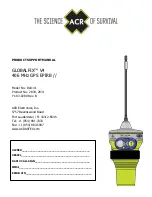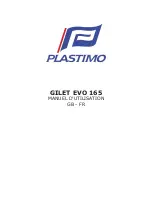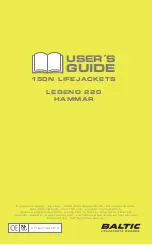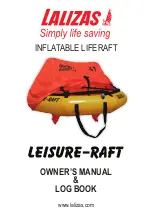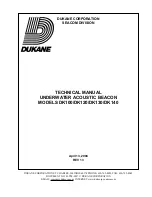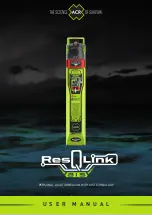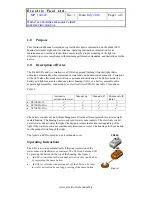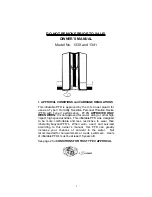
3
II. CONDITIONS FOR TYPE V APPROVAL
Conditional approvals are granted by the Coast Guard for PFDs
that:
1. Do not meet all the requirements for approval under the Type
I through IV categories, but offer other significant safety
features, or
2. Have features or uses not found in Types I through IV PFDs
that require special user knowledge.
The conditions let the user overcome design traits that would
otherwise prevent approval.
Wearing a PFD is one of the most important things you can do to
help you save your life if you accidentally fall in the water. Finding
a comfortable PFD that you will wear is the key. This PFD design
offers the significant safety features of being lightweight, low
profile and comfortable for continuous wear. This PFD
must be
worn
, to meet carriage requirements, so that it is available on the
wearer when needed.
This PFD is also approved as a Type V because the buoyancy
provided by the CO
2
gas from the cylinder, does not provide as
much buoyancy as a Type I I I inflatable PFD. However, the
buoyancy that a CO
2
cylinder provides is enough to turn many
people to a stable, face up position, so that they can add
additional buoyancy, if necessary, by blowing air into the chamber
through the oral tube. When fully inflated, using both the CO
2
cylinder and a few additional puffs of air through the oral tube,
the buoyancy of this PFD is equal to that of an inflatable Type III .
Finally, this PFD is a Type V because you must know how to
readjust it to float you best. Wearing this PFD, knowing how to
achieve full buoyancy and how to maximize performance are
necessary for it to provide an equivalent level of safety to PFDs
without user conditions on their approval. See Page 9
“Maximizing Performance”.
“APPROVED ONLY WHEN WORN “
This PFD has the “Approved Only When Worn” condition on it’s
approval because if it is not worn whenever above deck and
underway, it cannot be counted as a PFD to meet the carriage
requirements on your boat. Wearing this PFD is intended to:
1. Provide it with the extra attention associated with use, and
2. Increase safety enormously because you have it on when you
need it.
Summary of Contents for 4430
Page 19: ...19 ...


